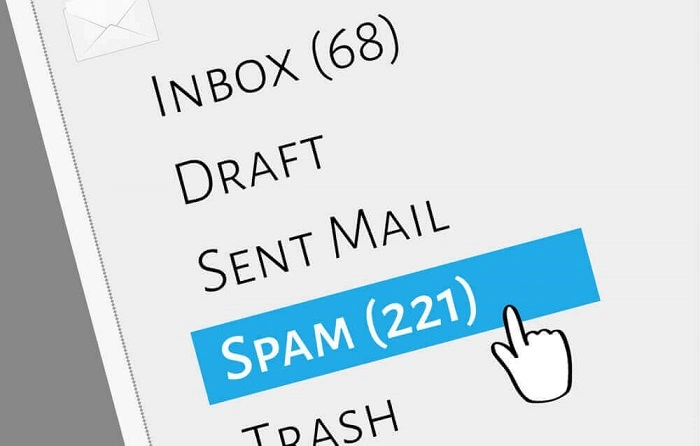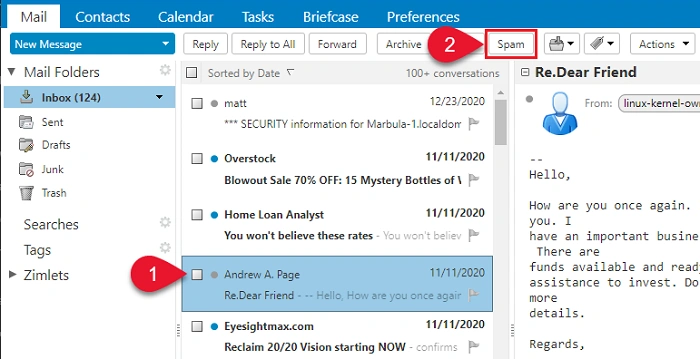In today’s digital world, managing your inbox is more important than ever. Terms like “junk” and “spam” often get used interchangeably, but there are subtle differences that can impact how your emails are sorted and handled. This 2025 guide explains the difference between junk and spam, how email services treat them, and what you can do to manage both effectively.
What is Spam Email?

Definition of Spam
Spam refers to unsolicited, usually irrelevant, and often mass-sent messages. These emails are typically sent for advertising, phishing, or malicious purposes without your consent.
Common Characteristics of Spam
- Mass-distributed to thousands of recipients
- Often includes deceptive subject lines
- Might contain viruses, scams, or phishing links
- Low relevance or importance to the recipient
Understanding spam helps you recognize and avoid potential threats in your inbox.
What is Junk Email?
Definition of Junk
Junk email can include spam, but it also refers to low-priority, unwanted, or non-malicious emails that clutter your inbox.
Common Characteristics of Junk
- Promotional emails you signed up for but no longer want
- Newsletters you rarely read
- Notifications from websites or apps
- Non-malicious, but irrelevant to your current needs
Knowing the broader definition of junk email helps you manage your inbox more effectively without missing important messages.
Key Differences Between Junk and Spam
Nature of Content
- Spam: Often malicious or deceitful.
- Junk: Usually harmless but irrelevant or excessive.
Sender’s Intent
- Spam: Intent is often to scam, deceive, or infect.
- Junk: Intent is to inform, promote, or engage, though it may become annoying.
User Consent
- Spam: Sent without your permission.
- Junk: Often a result of user subscription or signup but has outlived its usefulness.
Recognizing these differences helps in deciding whether to unsubscribe, report, or simply delete.
How Email Providers Handle Junk vs Spam
Spam Filters
Email services like Gmail, Outlook, and Yahoo automatically detect and move spam emails to the Spam folder based on specific criteria like suspicious links, blacklisted domains, and strange formatting.
Junk Filters
Some services categorize promotional and irrelevant emails as Junk, which might land them in folders like Promotions or Updates instead of Spam.
User Control
Most email services let you manually mark emails as Spam or Junk to teach the system better filtering.
Understanding how providers treat these categories helps you manage your inbox more effectively.
How to Manage Spam and Junk Effectively

Use Built-In Spam and Junk Filters
Enable automatic filtering features in your email settings to reduce manual work.
Regularly Check Your Spam and Junk Folders
Sometimes important emails are incorrectly flagged. Checking these folders weekly can save you from missing critical messages.
Unsubscribe from Unwanted Emails
Legitimate junk emails usually include an “unsubscribe” link at the bottom. Use it to reduce inbox clutter.
Block Persistent Spammers
Use the “block” function to prevent specific senders from ever reaching your inbox again.
Effective management ensures a cleaner, more productive email experience.
Best Practices to Reduce Junk and Spam
Use a Secondary Email Address
Sign up for promotions, newsletters, and online accounts using a separate email address to keep your primary inbox clean.
Be Cautious Where You Share Your Email
Avoid sharing your main email address on public forums, websites, or social media to prevent harvesting by spammers.
Update Your Email Preferences Regularly
Manage notification settings in your online accounts to minimize unnecessary emails.
Train Your Email Provider
Manually marking emails as Spam or Not Spam helps your email service learn and improve its filtering accuracy over time.
Following these practices reduces the volume of both junk and spam you receive.
Frequently Asked Questions (FAQs)
Are junk and spam folders the same?
No, though they sometimes overlap. Spam often involves scams or malware, while junk is more about irrelevant but non-malicious emails.
Can important emails end up in junk or spam?
Yes, sometimes legitimate emails are mistakenly filtered. Always check your junk or spam folders occasionally.
How can I stop getting so much junk email?
Unsubscribing from unwanted newsletters and managing notification settings in online accounts can greatly reduce junk email.
Should I delete emails in the spam folder?
Yes, deleting spam regularly helps keep your account organized and minimizes security risks.
What happens if I open a spam email?
Opening a spam email is usually safe if you don’t click on any links or download attachments. However, it’s better to delete suspicious emails immediately.
Final Thoughts on Junk vs Spam Emails
While junk and spam emails both clutter your inbox, understanding their differences allows you to manage them smarter. Junk emails are usually harmless but annoying, while spam emails often pose security risks. By using filters, updating preferences, and handling suspicious emails cautiously, you can maintain a safer, cleaner, and more organized inbox.

